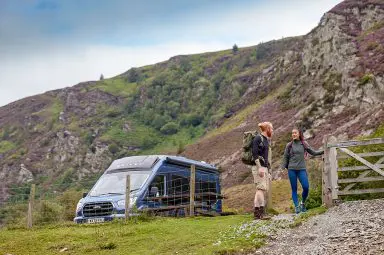From Rust to Restoration: Lee Davey's 1967 Bailey Maestro
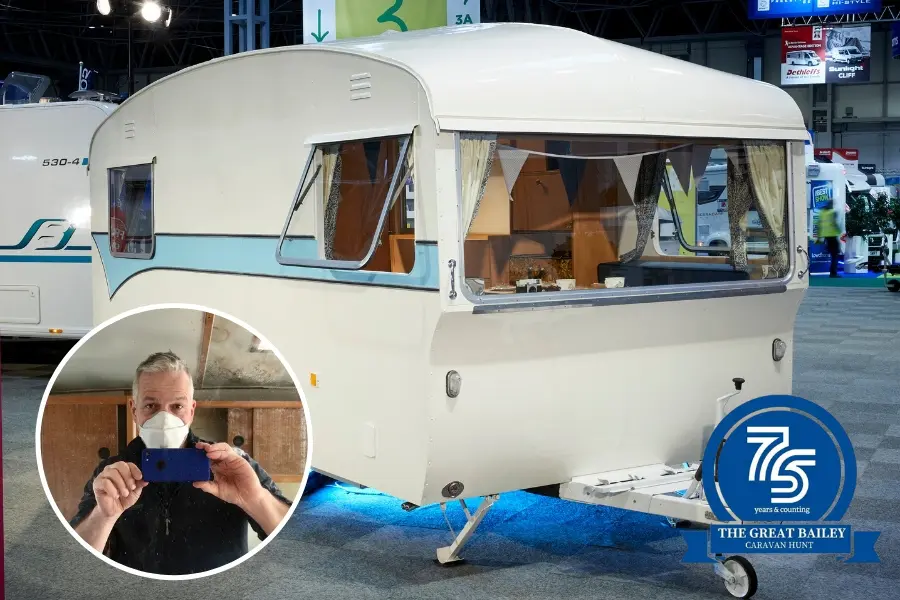
It all began when Lee and his son, Charlie, attended a car event and stumbled upon a caravan from the 1960s. Intrigued by the differences between older and modern caravans, they delved into some online research. It was on eBay that they discovered a Bailey Maestro, a mere mile away from the factory where it was originally manufactured in Bristol. Unfortunately, the caravan was in terrible condition, having spent nearly two decades nestled in a hedge. In fact, a fallen tree had damaged the roof, causing the awning rail joint to split and allowing water to infiltrate and rot half of the floor.
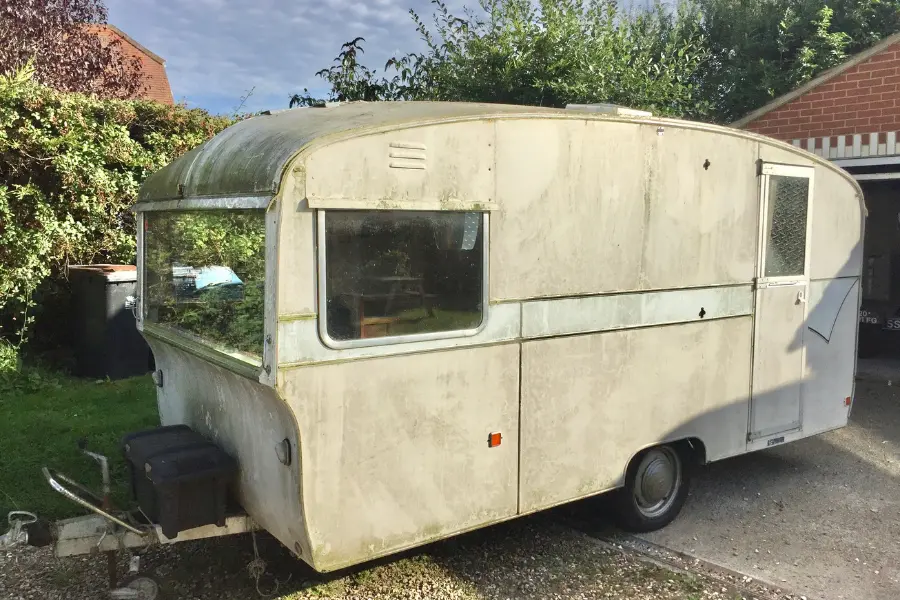
Undeterred by these challenges, Lee purchased the Maestro for a modest sum of £400, which included new tires, and from there, he and Charlie began an 18-month journey to restore the Maestro. The restoration process involved the precise replacement of floor and frame sections, along with the installation of new wallboard throughout. Lee ensured modern amenities were seamlessly integrated, including new insulation, wiring, and gas pipes. Whale heating and hot water systems were installed, while a Dometic compressor fridge found its place in the wardrobe. A flexible solar panel perfectly follows the roof’s curvature, meaning the leisure battery could be charged. Crucially, all modern features were hidden, preserving the Maestro’s authentic 1960s appearance. The exterior received a hand-painted finish, reminiscent of the coach enamel application employed by the factory during its original creation. The restoration process presented its fair share of challenges, but the result of Lee and Charlie’s labour was undeniably worth it. “Gladys’, as they named her, was born.
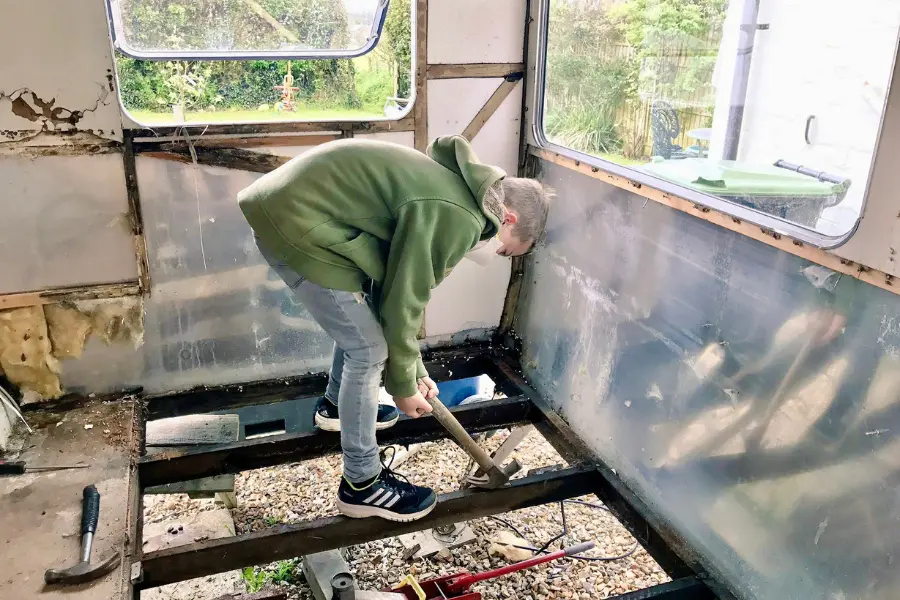
Since its restoration, the Maestro has embarked on numerous adventures, with the first trip being particularly memorable. During the restoration process, Lee and Charlie researched WWII as part of a school project, eventually leading them to unearth some family history they were previously unaware of. As a result of this discovery, their first trip with Gladys followed the predecessors’ wartime footsteps, from Kent and the New Forest to Pegasus Bridge in Normandy, France.
When asked what the future held for his restored Bailey Maestro, Lee responded, “To keep enjoying it. The 1960s styling is superb, it’s incredibly comfortable, and the modern gadgets make life easy. Gladys will stay with us.”
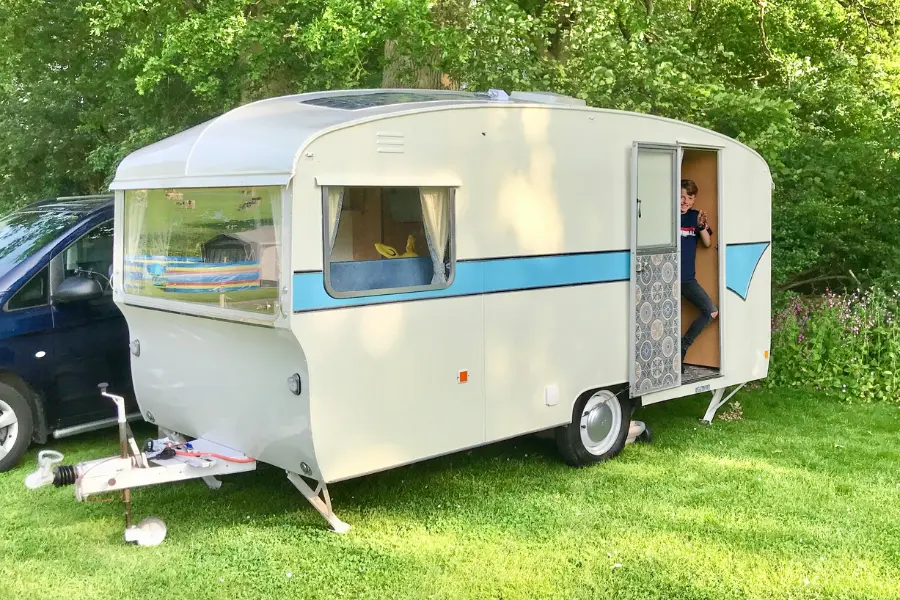
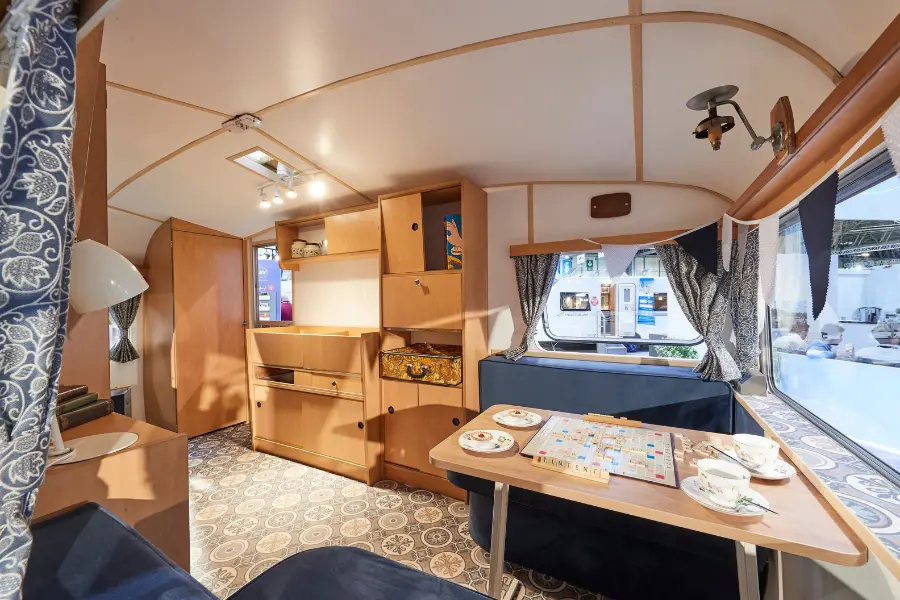
Fast forward five years, and Lee’s focusing on another project—the restoration of a 1977 Bailey Maru. Despite its ruined state, Lee again embraced the challenge with open arms. Acquired for the price of £5.99 and sealed with the exchange of a bottle of red wine, the Maru poses a significant undertaking. As interior sections were missing, Lee made a bed base from a broken radiogram that came with the caravan and fitted a bath within the new bed base unit. Hot water comes from a 13-litre Whale water heater. To make the two-berth layout more family-friendly, Lee fitted a fold-up bunk bed that lives behind the cushions when not in use. While the interior is almost complete, the outside requires some much-needed TLC.
Lee’s commitment to restoring and preserving these timeless caravans offers not just visually interesting results, but the repair of a piece of British caravanning history—a testament to the freedom and adventure that Bailey leisure vehicles have offered for seven and a half decades.
Latest news & events
See all news & eventsChipping Sodbury Spring Sales Event
BADMINTON ROAD, CHIPPING SODBURY, BRISTOL
West Country Motorhomes Open Weekend
BRISTOL ROAD, BRENT KNOLL, HIGHBRIDGE, SOMERSET
Swindon, Oxford and Reading Caravan and Motorhome Centre Easter Sales Event
GREATFIELD, ROYAL WOOTTON BASSETT, WILTSHIRE
Grantham's Midlands Caravan & Motorhome Season Ready Show
SPITTLEGATE LEVEL
GRANTHAM

